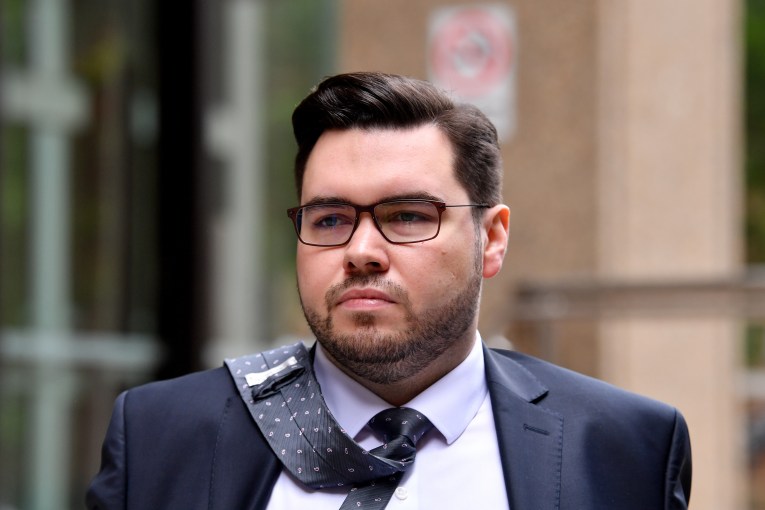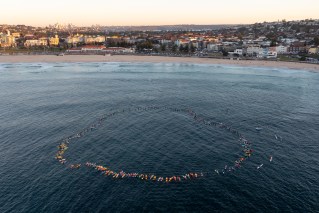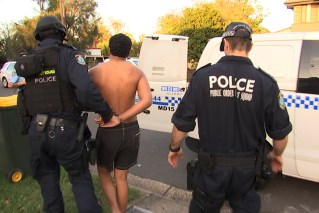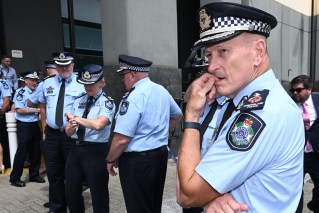Fatal attraction: Why we are still behaving badly when storm season arrives
Brisbane’s love-hate relationship with severe storms is part of the essence of living here, so why do we always seem so unprepared when they hit?

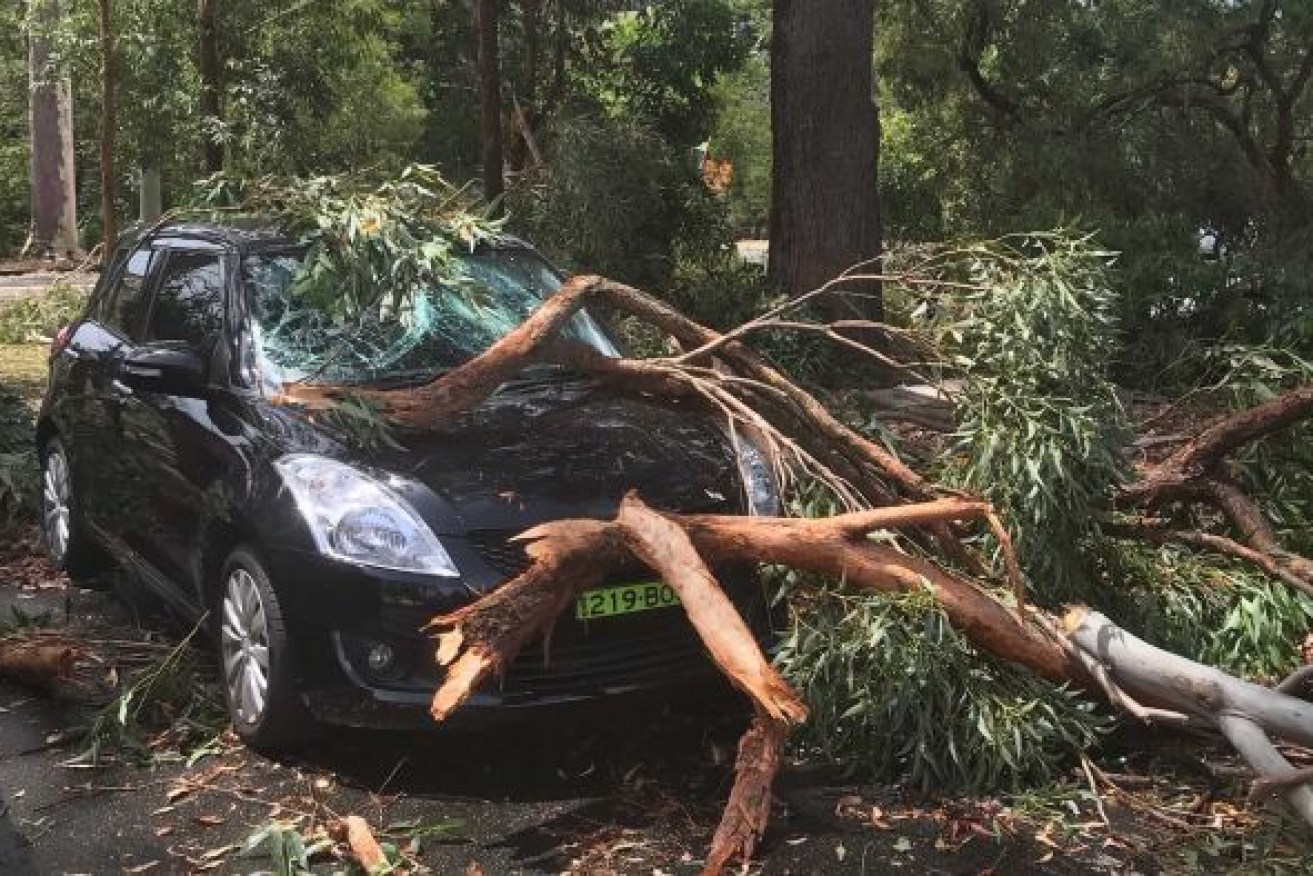
Photo: ABC
In a week when wild weather has lashed most of southeast Queensland, there was more confirmation that while we all wait in expectation of storm season, many of us don’t see it coming.
There was the usual footage of inundated cars in streets that regularly flood during big storms and quotes from emergency authorities lamenting the lack of preparedness, this time putting down to the distractions of the pandemic and the lack of rain since the start of Spring.
The RACQ today reported it has received 730 insurance claims from this latest spate of storms, many of them for hail damage to cars and water damage from leaking roofs and overflowing gutters.
It joined the chorus of insurers, emergency agencies, police and others urging people not to leave it too late to prepare for storms.
So why do many of us ignore the warnings and, worse, not act appropriately when storms do hit?
The localised nature of storm damage may be one explanation. Who isn’t excited and fascinated by watching a storm roll in, with its deafening thunder and lightning streaking across the sky?
Unlike cyclones and bushfires, there is an element of spectator sport about thunderstorms, until you’re not on the sideline anymore but right in the thick of it.
As the 12th anniversary of the storm that destroyed large parts of The Gap approaches, it is worth recalling that it took some time for the rest of Brisbane to understand the magnitude of the damage. The morning after the disaster in which dozens of homes were destroyed just 8kms from the CBD, The Courier-Mail’s coverage consisted of one picture story on page 3 and some local radio programs kept airing scheduled programming for hours.
Since 2000, an average of nine people each year have died in Australia after entering floodwater. But if the results of official surveys are any guide, the SES and other emergency services are losing the battle in convincing people that driving in floodwaters is dangerous.
Macquarie University researcher Melanie Taylor and Katharine Hayes from the University of Wollongong last year found that, of the 2000 people they surveyed across Australia, more than half reported they had driven through floodwater at least once in the past five years.
In a report on their findings, they wrote that “interestingly, in 90 per cent of cases, there was no vehicle damage or consequence of their action to drive through floodwater”.
“So, although many people enter floodwater, and it has resulted in around nine fatalities a year, most of the time there are no adverse consequences,” the report states.
Their findings are backed up by other studies by the Royal Lifesaving Society in partnership with Griffith University among others.
Taylor and Hayes go on it argue that while the “If it’s flooded, forget it” message – now more than a decade old – is memorable enough, the research shows a lot of people are discounting it.
“There is very limited opportunity to enter into a public discourse about how to assess risk if the message is just to avoid it,” they write.
But it’s not just we “silly Billys” in the public that are taking too many risks. The money government spends on managing disasters is skewed towards reacting to storms, floods and cyclones after they nit and away from minimising the risks from these events.
Those risks are only going to grow as the climate changes and storms become more destructive, a point made by Suncorp chief executive officer Steve Johnston in an address to shareholders at the company’s recent annual general meeting.
“Today, just three cents in every dollar of disaster funding is spent on preparation and adaptation with 97 cents spent mopping p and picking up the pieces,” he said.
“It’s a ratio that doesn’t make sense.”
